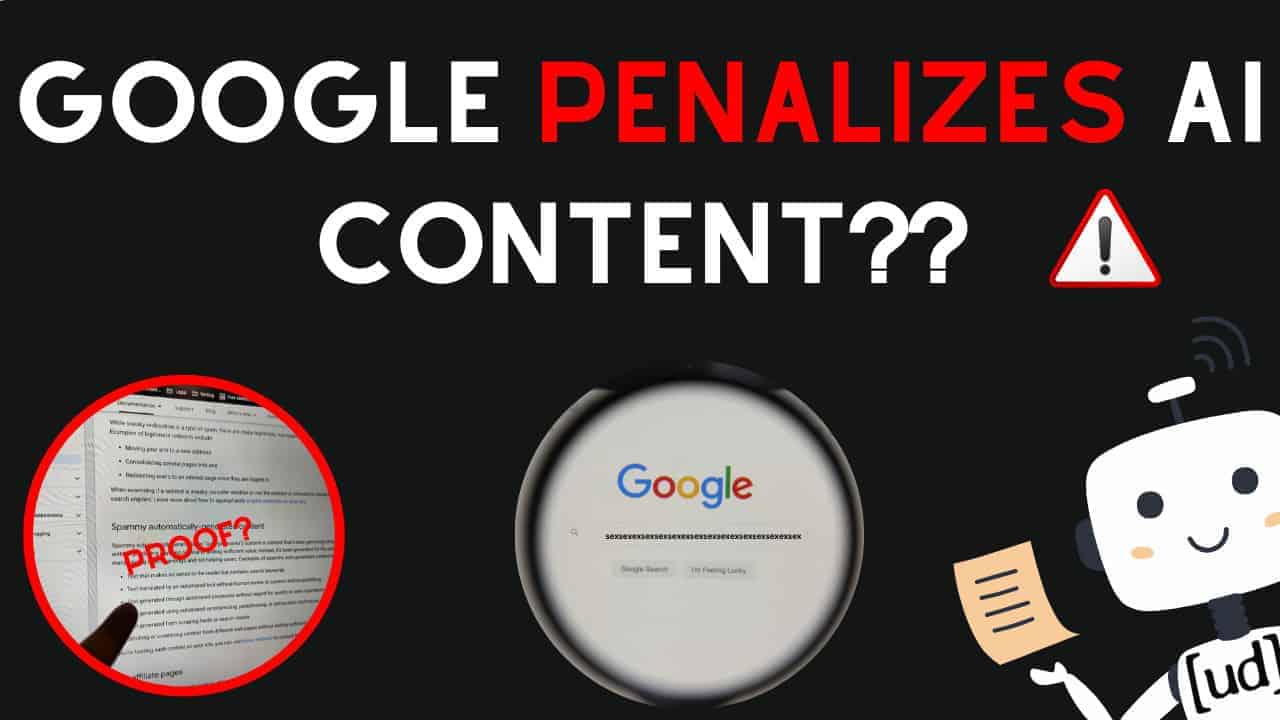 Understanding the Impact of Google AI on Overviews, Clicks, and Traffic
Understanding the Impact of Google AI on Overviews, Clicks, and Traffic
Google recently introduced AI Overviews (AIO) to its search results in the U.S., and it has left many users and marketers wondering about the impact of this new feature. While Google has vaguely mentioned that links in AIO receive higher click-through rates (CTRs), it has been evasive when directly asked about it. In this article, we will delve into the details of AI Overviews and explore its impact on user experience, clicks, and traffic.
AI Overviews provide a fundamentally different user experience compared to traditional search engine result pages (SERPs). When a user engages with the generative AI, whether by generating an AIO response, expanding a pre-generated one, or submitting a prompt, the AI takes over the search results and presents a much richer response to the user’s query. Liz Reid, Google’s VP and head of Search, claims that searchers are more satisfied when AIO is shown because it typically provides a summary of the main query topics with brief explanations for each subtopic, including links to non-Google websites.
When it comes to click-through rates (CTR), thinking about it in the traditional way may be misleading due to the differences between traditional SERPs and generative AI user interfaces. AIO typically divides its summary into multiple sections, each containing one or more links. Bing’s Copilot, a similar feature to AIO, offers a more interactive and iterative search experience. Therefore, it is crucial to evolve our thinking around CTR and consider potential scenarios where searchers either find their needs fully satisfied by the AIO summary or ask follow-up questions to explore further and click on the presented URLs.
One key observation is that the generative AI user interface is very dominant with fewer clickable targets compared to other search features. The links in AIO are more prominent and richer than typical search results, featuring site names, headings, snippets, and potentially images – all packaged in a card-like format that entices clicks. This means that the smaller number of prominent click targets in AIO compared to the 10 blue links in traditional SERPs can lead to a higher CTR. However, it is important to note that only Google has access to the data on how often searchers want to click a link.
Google’s statement about clicks in AI Overviews has been vague and lacking context. They claim that links included in AIO get more clicks than if the page had appeared as a traditional web listing for that query. There are several interpretations of this statement, including CTR measured by search feature, CTR measured as clicks to a link within the search feature, and CTR measured as clicks to a given link. Factors such as duplicate URLs, different measurement methods, and variable responses further complicate understanding AIO’s performance.
One aspect that hasn’t been discussed is the overall CTR from the SERP to the wider web. The presence of any search feature can impact the CTR of links within that feature and other search features. It is likely that the prominent AIO and Copilot on the SERP reduce clicks on other features, resulting in more search sessions with zero clicks. This has significant implications for organic search traffic to all websites.
To measure the impact of AI Overviews on website traffic, there are several approaches. Using a SERP tracking tool like Authoritas can help track how AIO appears in SERPs over time. Web analytics, such as Google Analytics, can report on pages referred from Google containing specific parts of the page highlighted in SERPs for featured snippets and AIO links. Additionally, Search Console data, analyzed for AI Overviews and featured snippets, can provide valuable insights.
In conclusion, Google’s introduction of AI Overviews has brought about a new user experience and raised questions about its impact on clicks and traffic. While Google has been evasive about providing clear answers, it is crucial for search engines to be more transparent about how they measure CTR and other metrics for these new user interfaces. In the meantime, marketers can use SERP tracking tools, web analytics, and Search Console data to estimate the impact of AI Overviews on their website’s traffic.
